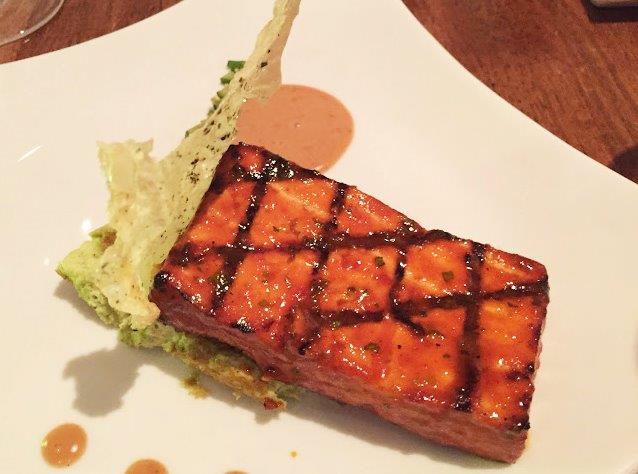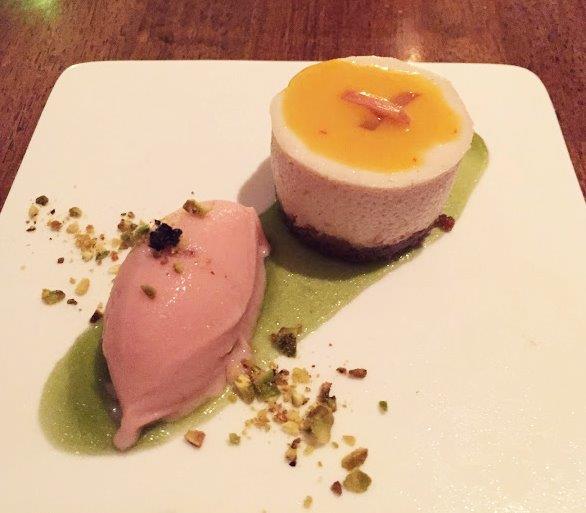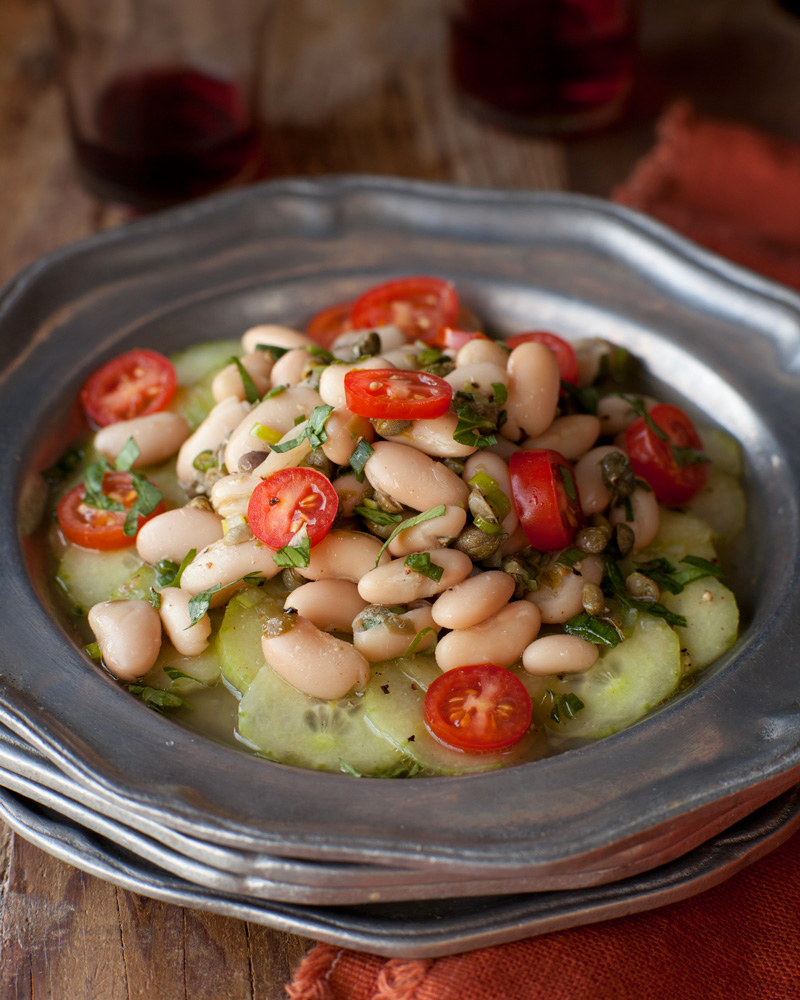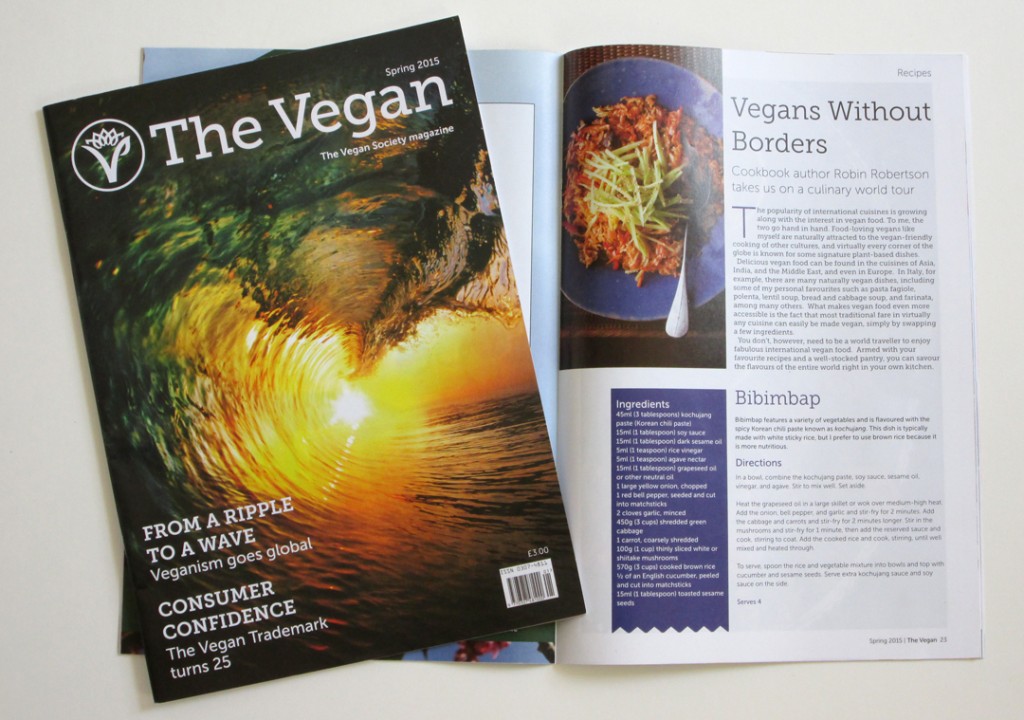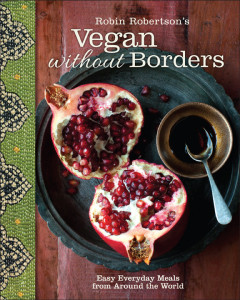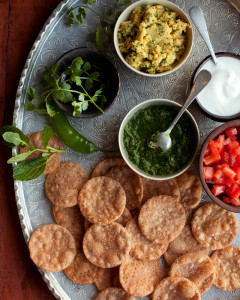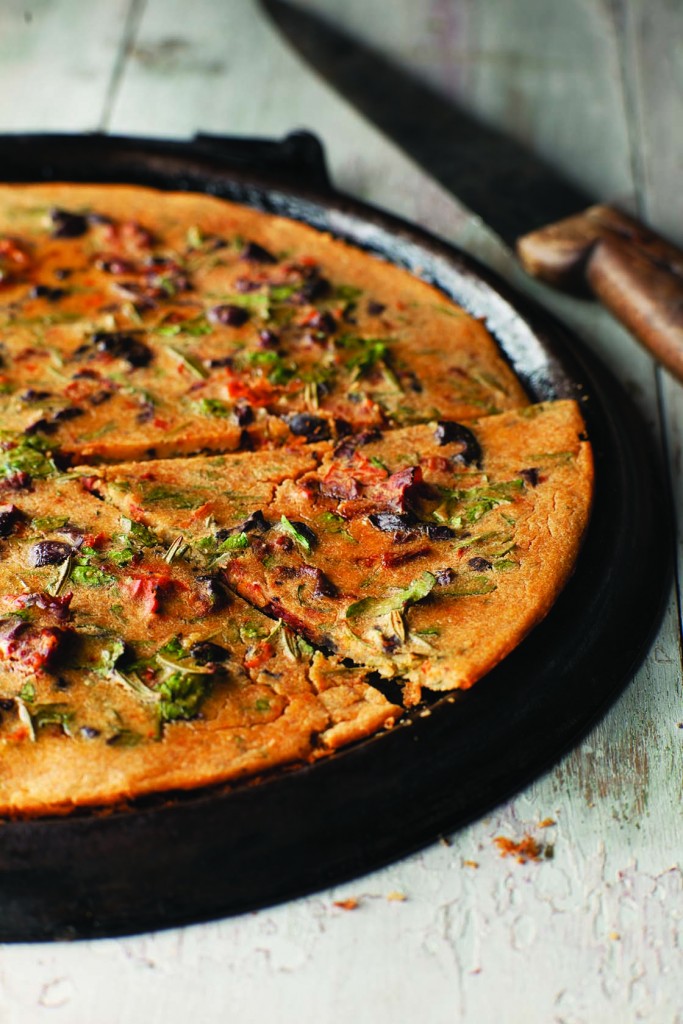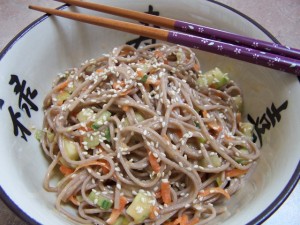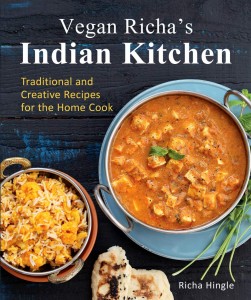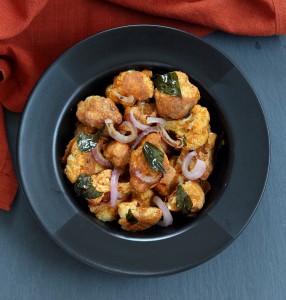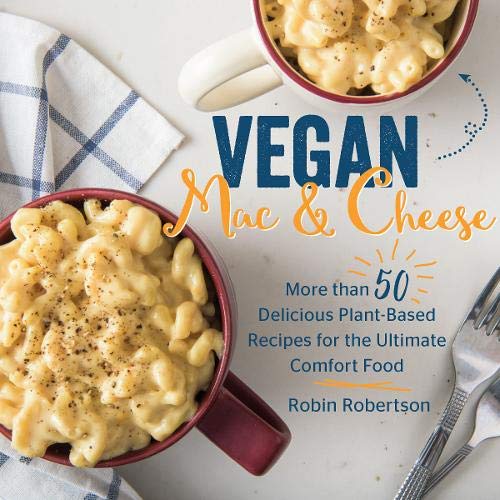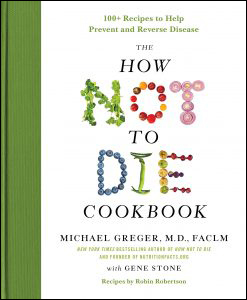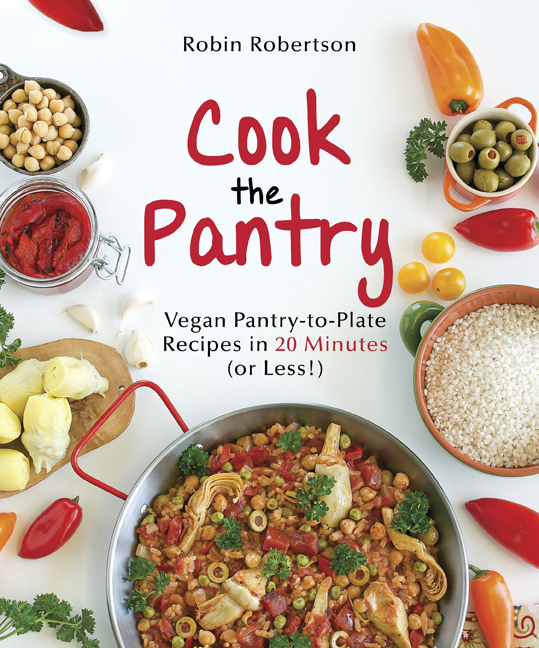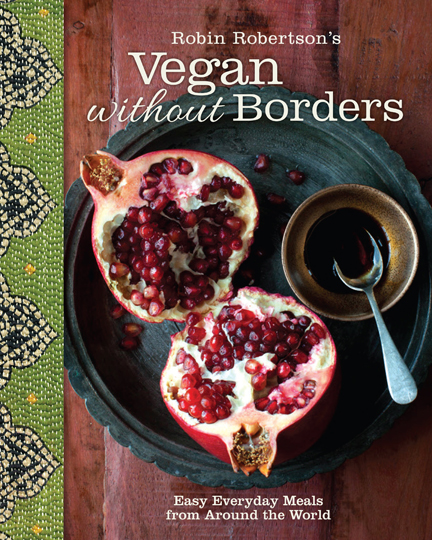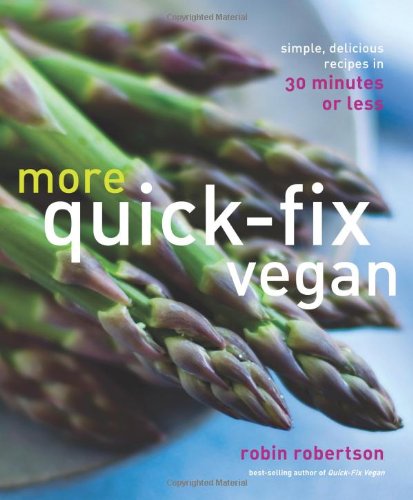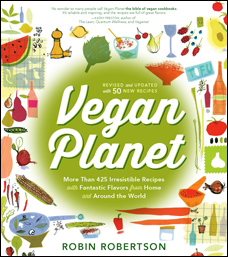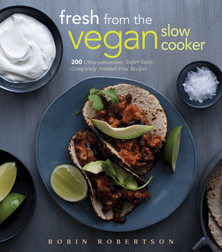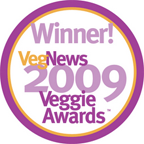In a brief detour from my usual vegan food posts, I want to tell you about a very informative book I’ve read recently called How To be Great at Doing Good. Written by Nick Cooney, Director of Education at Mercy For Animals and founder of The Humane League, this book can be a helpful tool in making decisions about charitable donations.
Nick agreed to answer some questions about his book, so without further ado, here’s my Q&A with Nick Cooney:
Q: What is it you want us to know about “How To Be Great At Doing Good” and how does that apply to vegan eating?
A: While there are a lot of reasons to eat vegan meals – including because they’re simply delicious – a lot of people do so in order to protect animals, boost their health, or preserve the environment. In other words, we have some noble reasons for cutting out animal products. And for that reason, many of us like to spread the word about vegan eating to our friends, family, co-workers, and even strangers.
But anytime we have a charitable cause or better way of doing things that we’re trying to promote – be it vegan eating or anything else – there are good and bad ways of going about it. This book is about how to find the good ways of supporting the vegan cause, or any cause.
Q: This seems like a book that would be useful for people who donate to charity – is that one of your audiences?
A: Absolutely. One of the main goals of the book is to help people accomplish more good with each dollar they should donate to charity (or each hour of their time they spend volunteering). We all want a healthier, more compassionate world. When we’re trying to decide which organizations to donate to, or which programs to get involved with, making careful decisions can mean all the difference in the world in terms of whether or not we succeed in creating that better world we want to see.
Q: What’s one thing that people would be shocked to learn about the charity world and how their donations are being spent?
A: There are a very small number of “scam charities” – charities that spend nearly every penny on fundraising and management expenses, and do very little to make the world a better place. Obviously that’s not a good thing. But the bigger problem in the charity world is that there are tons of non-profits that spend most of their money on programs – and so on the surface it seems like they are good organizations worth supporting – when in fact they are almost just as wasteful as the scam charities. These are charities running inefficient programs, programs that spend a lot of money to do only a small amount of good.
Q: For readers who like to support vegan advocacy groups or animal protection causes, how can they find out which charities will do the most good with their money?
A: It can be hard to find out! There’s a great website called Animal Charity Evaluators that reviews hundreds of animal protection charities and makes recommendations to donors about which groups are most worth supporting. They really do their homework – pouring through financial returns and program reports, interviewing executives and staffers and different non-profits, and so on. I definitely encourage people who want to support vegan advocacy efforts or animal protection efforts to check out that site. And I’m proud to note that both Mercy For Animals and The Humane League (two groups I’m personally affiliated with) are on ACE’s list of top recommended charities.
Q: For readers who want to hear more, where can they go to check out the book?
A: You can learn more, read a free chapter, and order a signed copy of the book at http://www.NickCooney.com. It’s also available as an e-book and audio book for those who prefer digital formats. I’d love for your readers to check out the site and the book, so that they can learn how to become more effective advocates for the causes they care deeply about!





